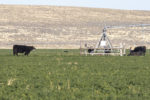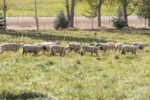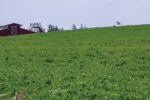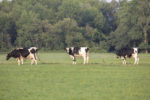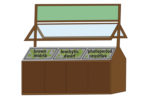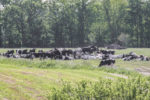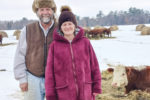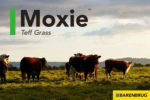Grasses & Legumes
Stretching out grazing season with careful forage management strategies, thus shortening the time you have to feed stored forages, is the most direct way to reduce feed costs.
Read More
The physiology of pasture bloat
There is no number on a forage report that can tell you a stand is “safe” from bloat risk, but smart management can help reduce that risk.
Read More
It may not seem like much
By delaying grazing slightly in early spring so the grass grows taller and increases its DM percentage by a modest 20%, we boost the amount of energy available for lactation by 34%.
Read More
Annual clovers for poorly drained soils in the southeast U.S.
Livestock producers need to evaluate such factors as the seed cost and availability, forage production, reseeding ability, level of winter hardiness and bloat potential of these clover species before making their decision on which species to plant.
Read More
Grazing and greening the dairy industry
Grazing dairy farms simply have different ecological footprints than conventional dairies when used properly and if attainable.
Read More
Virtual fencing: When to make the switch
Virtual fencing is not intended to replace all physical fencing, and in high-liability areas such as along busy roads, a physical perimeter fence is recommended.
Read More
Useful traits of sorghum
Summer pastures can offer a cornucopia of traits due to the three useful traits of sorghum that are present in the summer.
Read More
Grazing: Economies of scale to lower overhead costs
A three-pronged strategy puts cows out to rotationally graze well-managed pasture forages, focuses on labor efficiency and takes advantage of economies of scale to minimize the overhead costs per hundredweight of milk.
Read More
Managing every cent to get the most out of grazing
Experienced graziers share their methods of cash flow planning and cost-effective materials to manage their programs.
Read More

